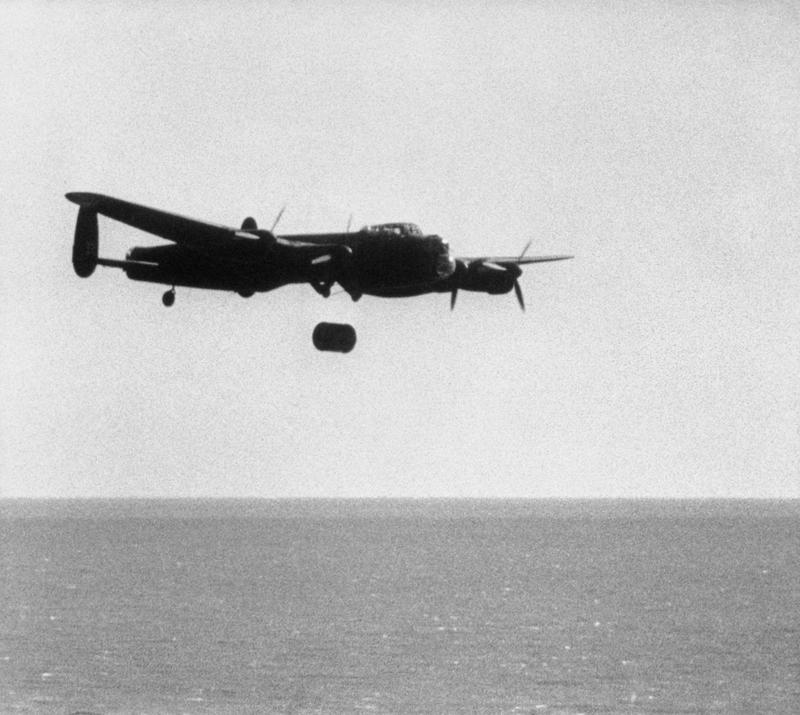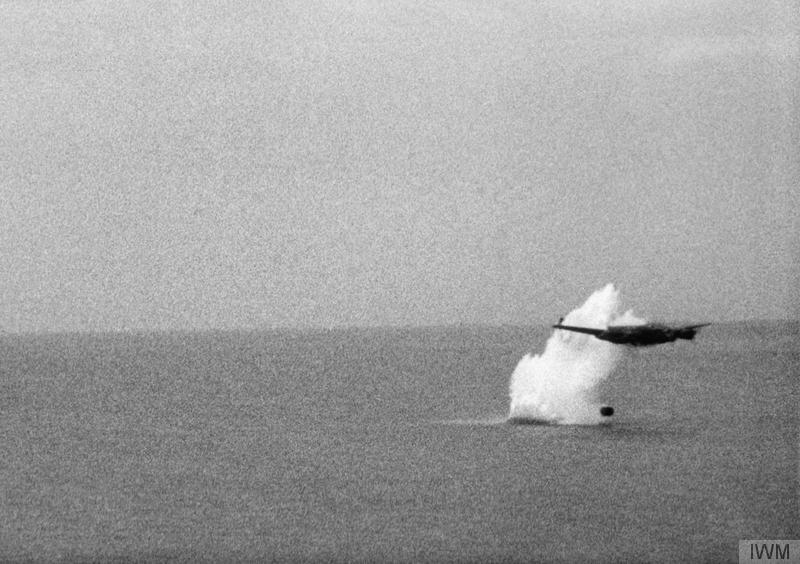No. 617 Squadron, the only specially created military unit for Lancaster, was deployed to assault the Ruhr Dams on the night of May 16–17, 1943
British and Commonwealth citizens have a special place in their hearts for the Lancaster bomber, where pride and fondness coexist. These emotions may be similar to those Americans have for the B-17 Flying Fortress. The evening sight and sound of streams of Lancasters “heading out” toward the heart of the German Reich was the ultimate expression of a war-weary people’s will to see the Nazi military and industrial machine — the source of colossal suffering for so much of the world — battered into oblivion, just as the Spitfire epitomized the Commonwealth’s supreme spirit of defiance in the face of seemingly irresistible defeat.

No. 617 Squadron, which was used to attack the Ruhr Dams on the night of May 16/17, 1943 during “Operation Chastise,” is notable as being the only specially formed wartime unit for the Lancaster. As described by R.S.G. Mackay in his book Lancaster in action, for this attack Lancaster Mk Is from ED serial block (23 in total) were modified to carry the cylindrical mines intended for use against these specialized targets. The doors of the bomb bays were taken off, and the bays’ backs were faired in. At the transport of the mines, pylon mounts were added to the bay’s front.
These mounts were connected to belt mechanics that spun the mine before it was released. Due to their weight, the initial design called for using Ford V8 engines to power the belt mechanism; instead, the aircraft’s undercarriage hydraulic system was used. All mid-upper turrets were eventually taken down and faired over. However, the second aircraft, ED825/G, was not to be one of the 19 aircraft involved in what was to be a successful but expensive operation. Three prototypes, ED765/G, 817/G, and 825/G, carried out test dropping of the mines.

Nineteen Lancasters from No. 617 Squadron took off in three waves on May 16, 1943, less than a month after tests with the new weapon were completed. One wave consisted of nine aircraft, while the other two waves each contained five aircraft. Wing Commander Guy Gibson was in charge of the first of nine waves that were to assault the Mohne Dam and then the Eder Dam if the Mohne Dam was breached. Any aircraft remaining carrying mines were to support the attack on the Sorpe that had been detailed to the second wave if both targets of the first wave were breached. The No. 5 Group in England exercised direct command over the third wave, which was a mobile reserve.
Around 1200 people perished in the Ruhr Valley flood, which broke the Sorpe Dam and breached the Mohne and Eder. This also rendered much of the Ruhr region’s industrial sector inoperable. Eight of the 19 Lancaster B. Mk III Specials that were sent out did not come back. The Dam Buster raids were not to be repeated, and the remaining G aircraft were converted back to ordinary bombers and reissued. Between the time of its operational debut and the beginning of 1945, the No. 617 Squadron participated in frequent precision bombing sorties. The bomb bays on its Lancasters during this time were bulged to carry the 12,000 lb H.C. bomb and its aerodynamic offspring, the “TallBoy,” but otherwise they were conventional machines.

Photo by Crown Copyright

